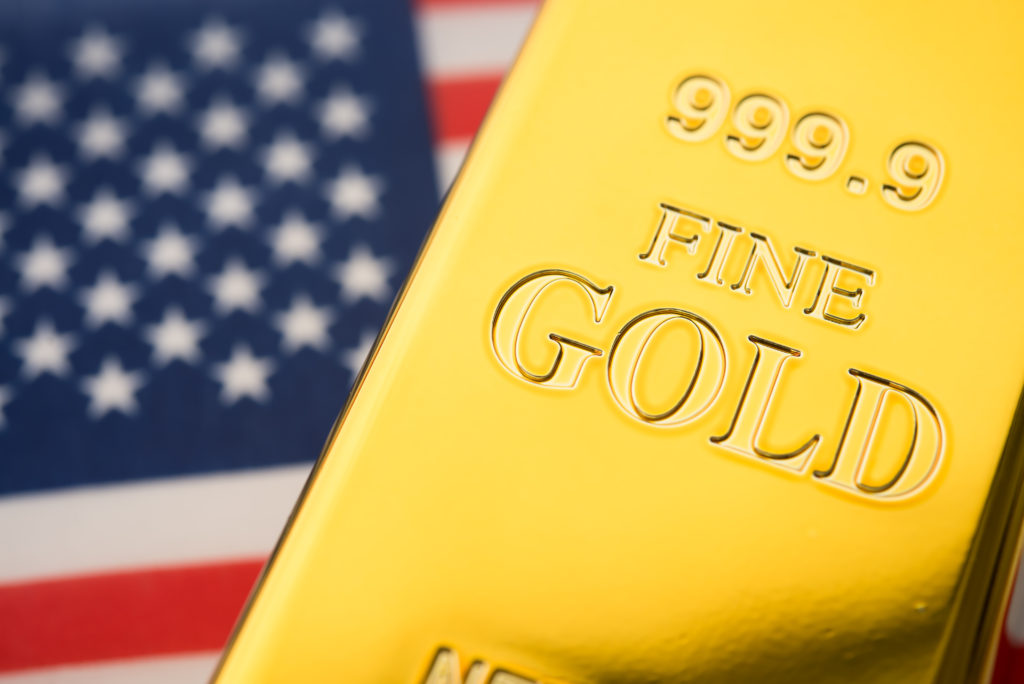Introduction
Gold prices witnessed a significant rebound of nearly 2% late on Thursday, fueled by a combination of mixed economic signals from the US and heightened geopolitical uncertainties. As investors grapple with fluctuating data and global instability, the appeal of gold as a safe-haven asset continues to grow.
Main Body
US Economic Indicators Influence Gold Prices
Recent economic data from the US painted a complex picture for investors. April's producer prices unexpectedly dropped by the most in five years, and retail sales showed minimal growth. According to Peter Grant, senior metals strategist at Zaner Metals, this data suggests room for the US Federal Reserve to adopt a more dovish stance, potentially cutting interest rates. Lower interest rates typically enhance the attractiveness of non-yielding assets like gold. However, earlier consumer price data indicated a more cautious approach from the Fed, creating a wait-and-see atmosphere in the market.
Geopolitical Instability Fuels Demand
Beyond economic factors, geopolitical tensions are also underpinning gold's rally. Doubts over progress in Russia-Ukraine peace talks emerged as Russian President Vladimir Putin opted not to attend direct negotiations, sending a lower-tier delegation instead. This development, as Grant noted, diminishes hopes for a swift resolution and supports gold prices. Additionally, while positive news emerged from the Middle East with potential US-Iran agreements, the market remains cautious due to temporary US-China trade tariff reliefs lasting only 90 days.
Market Trends and Future Outlook
Gold has surged over 22% this year, driven by renewed demand for bullion-backed ETFs, robust central bank purchases, and speculative buying from China. However, analysts like Christopher Wong from Oversea-Chinese Banking Corp warn of potential pullbacks if support levels around $3,050-$3,150 per ounce are breached, possibly dropping to $2,950. These dynamics highlight the delicate balance between economic expectations and geopolitical risks influencing gold's trajectory.
Opinion and Analysis
The current surge in gold prices reflects broader uncertainties in global markets. Are we witnessing a sustained shift towards safe-haven assets amid fears of economic slowdown and geopolitical deadlock? The mixed US data raises questions about the Fed's next moves—will a rate cut materialize soon, or will persistent inflation concerns delay such actions? Furthermore, with major powers entangled in unresolved conflicts, gold's role as a hedge against instability is undeniable. However, investors must remain vigilant, as sudden positive developments in trade or diplomacy could trigger profit-taking and price corrections.
